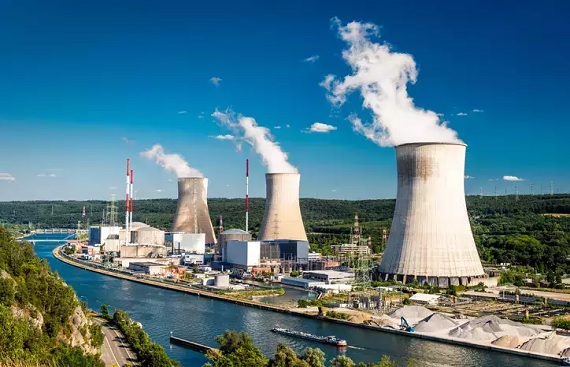Nuclear Power Capacity in India to Hit 22K MW by 2031: NPCIL Chief
By
siliconindia | Tuesday, 30 January 2024, 03:18 Hrs

Taking a significant step towards sustainable energy production, the Nuclear Power Corporation of India Limited (NPCIL) has established an ambitious target of producing 22,000 megawatts of electricity by the fiscal year 2031-32. “This initiative aims to enhance the country's self-reliance in clean and green power sources", NPCIL chairman and managing director Bhuvan Chand Pathak said, while addressing the inaugural function of the 32nd National Laser Symposium at Raja Ramanna Centre for Advanced Technology (RRCAT).
The four-day event is for providing a platform for discussions on nuclear energy advancements. Commissioning more than one plant annually as part of the NPCIL's strategic plan to achieve the target. “Currently, 23 nuclear energy reactors are contributing 7,000 MW of electricity. Furthermore, 19 new plants have progressed through various stages and are slated to be operational by 2026-27,” Pathak said, emphasizing the organization's commitment to working towards making India self-sufficient.
Addressing environmental concerns associated with nuclear energy, Pathak clarified that the NPCIL pays careful attention to ecological aspects before establishing any nuclear power plants. He dispelled misconceptions about the environmental impact of spent nuclear fuel, highlighting the careful storage and utilization procedures in place. The NPCIL is actively contributing to the national power supply, with nuclear energy currently accounting for two percent of the total electricity generated in the country.
In a continued effort to enhance their initiatives, the NPCIL is actively involved in the development of the Chutka Nuclear Power Plant in Madhya Pradesh, spanning across a vast 1,200 acres. The state government is anticipated to allocate the required land for upcoming projects, thereby strengthening the possibility of additional nuclear plants.
Prof Debabrata Goswami of IIT Kanpur highlighted the importance of laser technology in nuclear physics and research. The symposium brought together experts from various fields, discussing topics ranging from laser physics to applications in nuclear science, biology and medical industries. As part of its commitment to research and development, the NPCIL is collaborating with different institutions to advance laser technology. This includes exploring areas such as laser materials, optoelectronics, quantum optics and atomic optics.
During the 32nd National Laser Symposium, a book was unveiled, and a laser technology industrial exhibition was inaugurated. The event, which featured contributions from around 20 experts and the submission of nearly 300 research papers, represented a noteworthy stride in promoting collaboration and innovation within the realm of laser technology. Dr. Shankar V Nakhe, the director of RRCAT, and SK Majumder from the Indian Laser Association also addressed the gathering.
